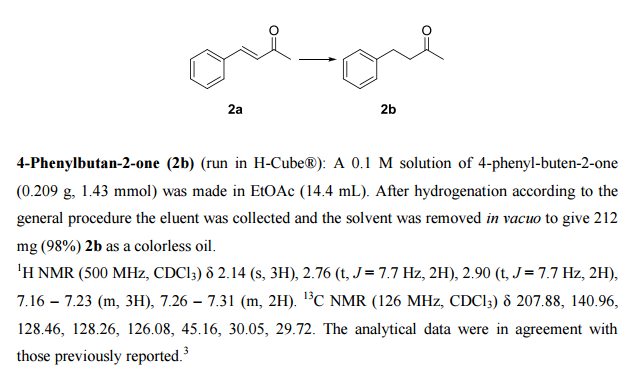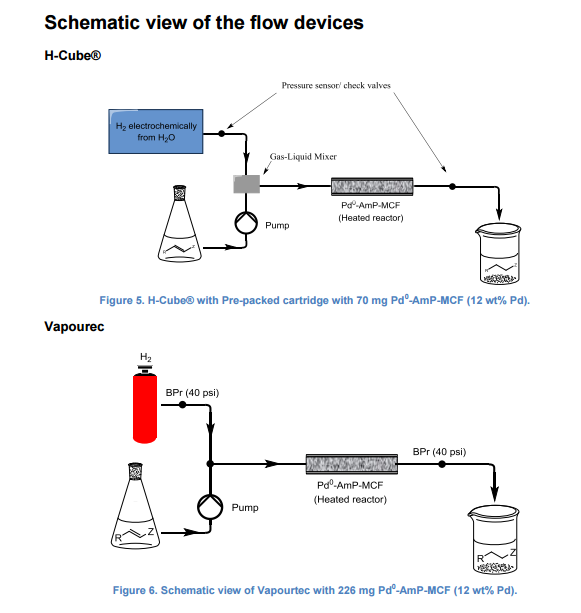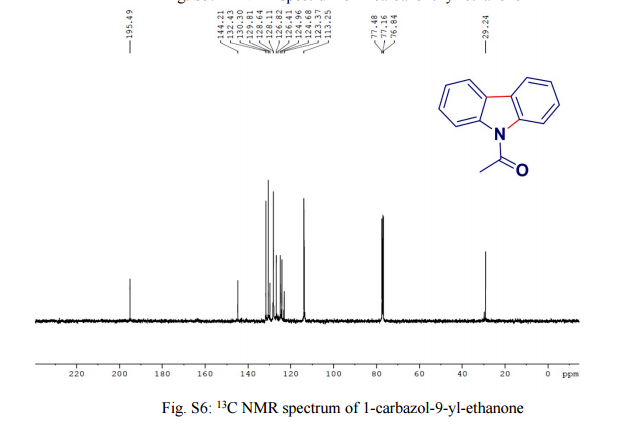Probing the mechanism of benzaldehyde reduction to chiral hydrobenzoin on the CNT surface under near-UV light irradiation
*
Corresponding authors
a
State Key Laboratory of Coal Conversion, Institute of Coal Chemistry, CAS, Taiyuan, China
E-mail: zfzheng@sxicc.ac.cn
Fax: +86-351-4040605
E-mail: zfzheng@sxicc.ac.cn
Fax: +86-351-4040605
b
National Energy Center for Coal to Liquids, Synfuels China Co., Ltd, Huairou District, Beijing, China
c
School of Chemistry, Physics and Mechanical Engineering, Queensland University of Technology, Brisbane, Australia
Green Chem., 2016,18, 1482-1487
DOI: 10.1039/C5GC02168E
Received 13 Sep 2015, Accepted 21 Dec 2015
http://pubs.rsc.org/en/Content/ArticleLanding/2016/GC/C5GC02168E?utm_source=feedburner&utm_medium=feed&utm_campaign=Feed%3A+rss%2FGC+%28RSC+-+Green+Chem.+latest+articles%29#!divAbstract
Metal-free CNTs exhibit high activity (conversion rate 99.6%, 6 h) towards the synthesis of chiral hydrobenzoin from benzaldehyde under near-UV light irradiation (320–400 nm). The CNT structure before and after the reaction, the interaction between the molecule and the CNT surface, the intermediate products, the substitution effect and the influence of light on the reaction were examined using various techniques. A photo-excited conduction electron transfer (PECET) mechanism for the photocatalytic reduction using CNTs has been proposed. This finding provides a green photocatalytic route for the production of hydrobenzoin and highlights a potential photocatalytic application of CNTs.
/////





















